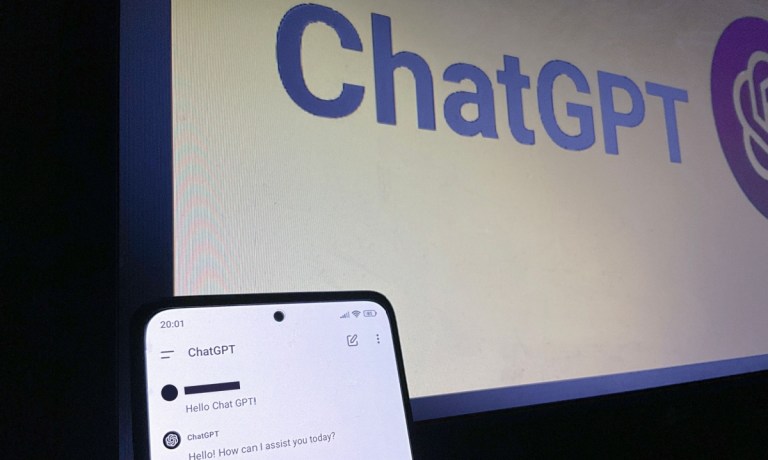
OpenAI is rolling out its Advanced Voice to all Plus and Team users in the ChatGPT app this week.
“While you’ve been patiently waiting, we’ve added Custom Instructions, Memory, five new voices, and improved accents,” the company said in a Tuesday (Sept. 24) post on X.
The feature is not yet available in the European Union, the United Kingdom, Switzerland, Iceland, Norway and Liechtenstein, OpenAI added in another post.
Users can now choose from nine “lifelike output voices” for ChatGPT, with different tones and characters like “easygoing and versatile” and “animated and earnest,” according to the company’s Voice mode FAQ.
It was reported July 30 that OpenAI was rolling out the alpha version of Advanced Voice Mode to a select group of ChatGPT Plus subscribers at that time and planned to begin a broader rollout to all premium users in the fall.
To mitigate potential misuse of the feature, the company said at the time that it limited Advanced Voice Mode to preset voices created in collaboration with paid voice actors, so that it can’t be used to impersonate specific individuals or public figures; implemented guardrails to block requests for violent or copyrighted content; and included filters to block requests for generating music or copyrighted audio, a move likely influenced by music industry legal actions against artificial intelligence (AI) companies.
OpenAI had planned to roll the voice feature out in alpha in late June but said June 25 that it needed another month to do so.
“For example, we’re improving the model’s ability to detect and refuse certain content,” the company said at the time. “We’re also working on improving the user experience and preparing our infrastructure to scale to millions while maintaining real-time responses.”
Many U.S. consumers are willing to pay for smart, reliable voice assistants, according to the PYMNTS Intelligence report, “How Consumers Want to Live in the Voice Economy.”
Twenty-two percent of Gen Z consumers are “highly willing” to pay more than $10 per month for a voice assistant that is as smart and reliable as a real person, per the report.
The report also found that 54% of consumers would prefer using voice technology because it is faster than typing or using a touchscreen.